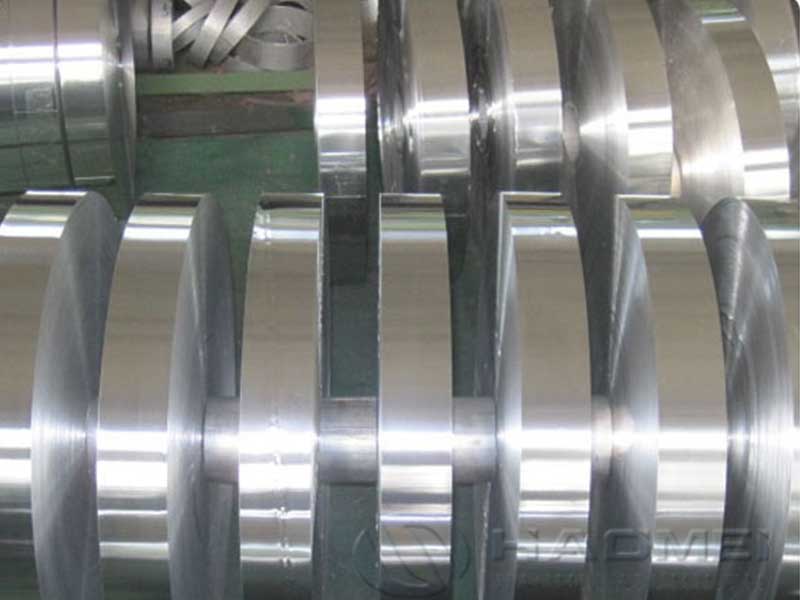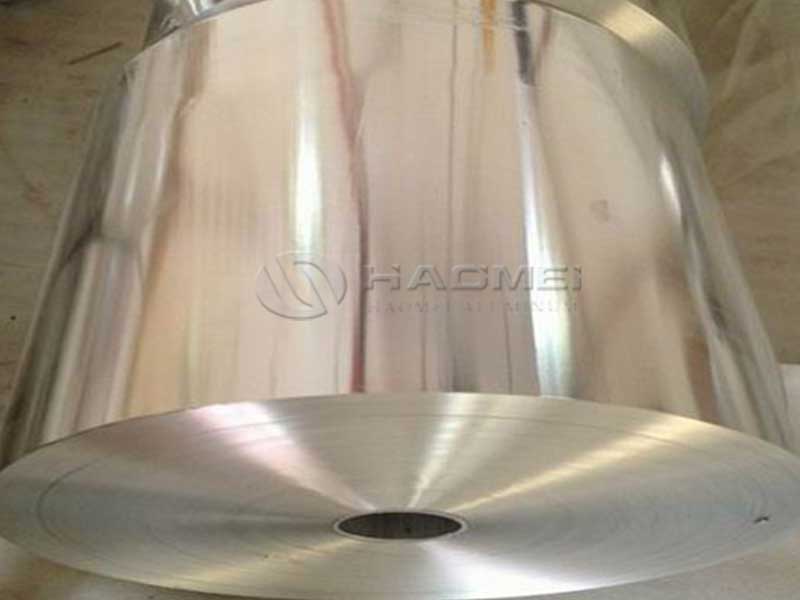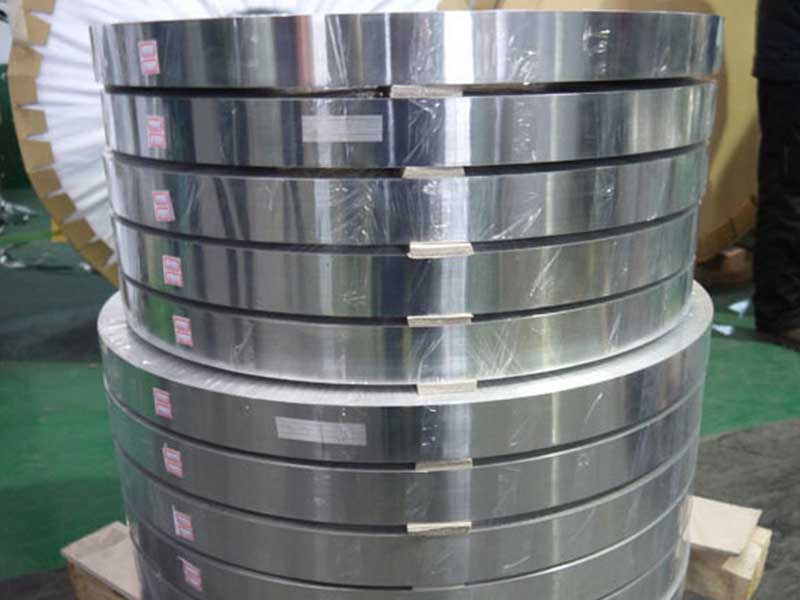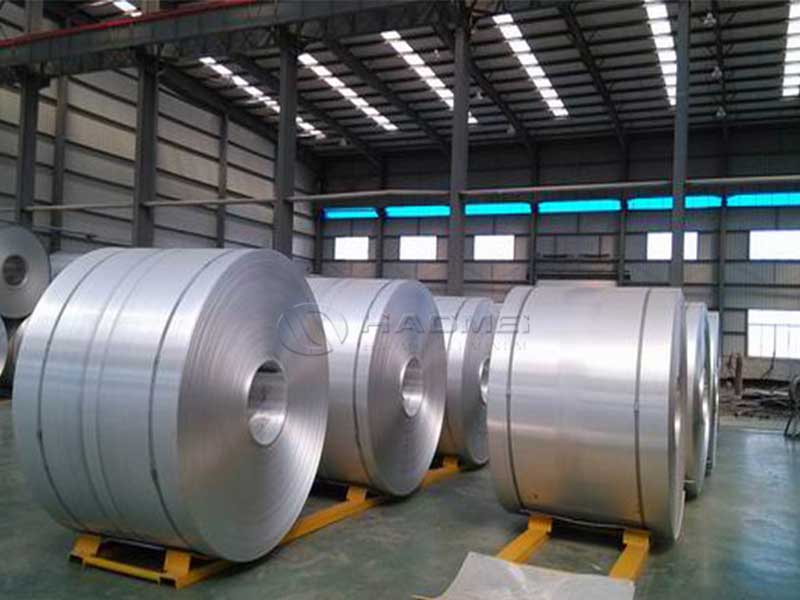Aluminum Foil for Air-Conditioner Foil 1100-H22 H24 H26
In a world where energy efficiency and sustainability are becoming central topics, the materials that build our everyday products come under scrutiny. Among these materials, aluminum foil—specifically grades 1100-H22, H24, and H26—stands out as an unsung hero in the realm of air conditioning (AC) systems. With its unique characteristics and multi-faceted applications, aluminum foil is critical in creating more efficient cooling solutions.
Why Aluminum Foil?
Aluminum is known for its unique combination of properties—lightweight, corrosion-resistant, pliable, and highly conductive.
-
Exceptional Thermal Conductivity: Aluminum’s thermal conductive capability is unrivaled when it comes to enhancing heat transfer. This makes it an ideal component in heat exchangers, which play a critical role in AC systems by efficiently transferring heat between the refrigerant and the atmosphere. Elevated efficiency not only improves comfort but can also lead to lower energy bills for consumers.
-
Corrosion Resistance: One of the most pressing issues for HVAC systems is the risk of corrosion, especially when operating in humid or harsh environments. The 1100-H22, H24, and H26 grades undergo various treatments to enhance their resistance to oxidation, prolonging the lifespan of air conditioning units. A footnote to modern engineering, these grades reduce maintenance costs while giving homeowners peace of mind.
-
Ductility and Workability: Leveraging the malleability of aluminum, these foil grades can be more easily stamped, sheared, and formed into various shapes. This feature allows manufacturers to design and assemble intricate components tailored to the specific needs of air-conditioning systems, ensuring every space is effectively utilized without sacrificing airflow.
-
Lightweight Nature: The featherweight nature of aluminum foil contributes to less burden on AC units compared to heavier alternatives. A reduced load translates into lower energy consumption and easier transportation and installation during manufacturing. This lightweight aspect can particularly benefit a wide array of commercial applications where scalability and adaptability are key.
Application in Air-Conditioning Systems
Let’s examine how 1100-H22, H24, and H26 aluminum foil are transforming air-conditioning practices in real-world settings:
Heat Exchangers: Heat exchangers are indispensable in AC systems, transferring thermal energy between different media. Using aluminum foil in the construction of these units allows designers to build compact, efficient models that rapidly cool or warm the air with ease.
Insulation: Aluminum foil acts as a reflective barrier reducing heat transfer. In insulating ducts in HVAC systems, these foil grades can effectively reflect thermal radiation, minimizing unwanted temperature fluctuations while maintaining a more stable internal environment.
Internals of Condensers and Evaporators: Components within AC systems, like condensers and evaporators, benefit immensely from aluminum foil materials due to their excellent conductive properties, ensuring that refrigerants disperse heat effectively and enhance overall cooling capacities.
Flexible Duct Material: The versatility of aluminum foil also lends itself excellently to manufacturing flexible ducting. In spaces where rigid duct arrangements are impractical, aluminum foil can be used to create efficient pathways for conditioned air without hindering performance or air quality.
https://www.alusheets.com/a/aluminum-foil-for-air-conditioner-foil-1100-h22-h24-h26.html




